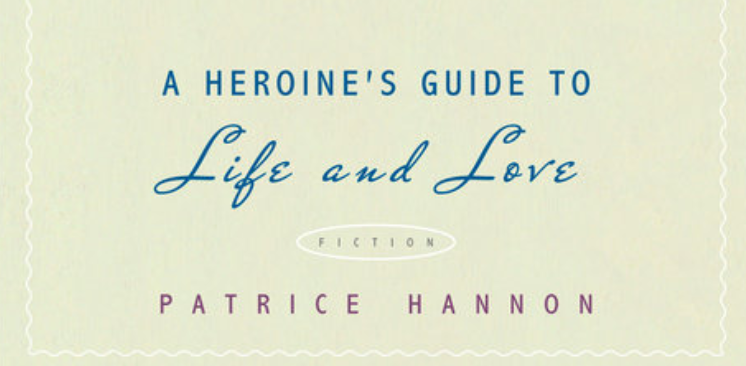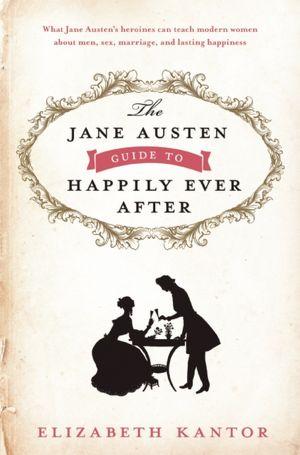Mrs. Hurst Dancing
The cold winter day I popped into my favourite second hand bookstore (St. Mary's Books) in the town I didn’t expect to find anything. I was out taking photos; I needed to thaw out my hands (any excuse). While combing the history section for Medieval knights I caught sight of the words “Mrs Hurst Dancing”. My brain didn’t even compute the smaller print on the spine. The size of the book suggested it contained lots of pictures.
Being a curious wench, I wanted to know why someone would write a book about some married woman who danced. I couldn’t believe it when I saw the cover. There in my hands was a book I’d never heard of called (now that my brain bothered to read the subtitle) ‘Mrs Hurst Dancing & Other Scenes From Regency Life 1812-1823 Watercolours by Diana Sperling…' I held my breath as I opened the cover to find the pencilled price. It was only £6. I clutched it to my chest and laughed as I resisted dancing in the confined space. I flipped through a few pages and was enchanted. I quickly closed the book and decided it would be one of my Christmas presents which means I didn’t look at more than five of the 70 plates till Christmas day.
If you love the Regency era, and you’ve never seen this book, you will want your own copy. Diana Sperling, the young woman painting scenes from her life, had a great sense of humour and clearly a love of the absurd. I had to share a few of the pictures. These aren’t even the best ones (though I include my single favourite). These few give a flavour of the rest. Diana was part of a wealthy family (her father was Lord of the Manor) who were happy and content regardless of what was going on outside their little world. The first painting introduces most of the main people in her paintings…
 (The notes in italic are from the book and are written by Gordon Mingay)
(The notes in italic are from the book and are written by Gordon Mingay)
The family at dinner, around 1812/1813. At the head of the table sits Diana’s brother-in-law Henry Van Hagen, who had, it seems just arrived as the servant is taking his coat. On the left are her two brothers, Henry (Harry) John, the elder of the two, and Charles Robert Sperling; then comes her younger sister Isabella, and Diana herself. At the foot of the table, sitting on a sofa beside a birdcage apparently containing a parrot, is Mrs Sperling, Diana’s mother. With their backs towards us are (left to right) Mrs Van Hagen, Henry’s mother; Mr John Sperling, Diana’s father; and another sister Harriet Van Hagen, Henry’s wife, who appears to be feeding her dog Fairy with tidbits from the table.
I love this picture- the mismatched chairs and the mother sitting on a settee at the table with a bird next to her…so it wouldn’t get lonely? It’s so bizarre- I love it.
This is my favourite picture out of the book. I just think it’s so charming and romantic; this couple with grown children still (apparently) enjoy each other’s company. It’s also the first reference I’ve encountered where a Georgian man and woman are playing chess. I have a story started (which I think will be called Checkmate) where chess plays a big role- not that I play chess- minor details. I think its so sweet that the children call their parents Pappy and Mum!
 Fording the ornamental water at Dynes Hall. The two unmarried sisters are on their donkeys, and the horse-riders are probably Henry Van Hagen and his wife Harriet. This is the first of many difficulties Isabella had out on riding parties.
Fording the ornamental water at Dynes Hall. The two unmarried sisters are on their donkeys, and the horse-riders are probably Henry Van Hagen and his wife Harriet. This is the first of many difficulties Isabella had out on riding parties. 
The book says, An amusing scene, complete with dog and donkeys, where the wood cutters had been at work. I say, that Henry Van (as portrayed numerous times in the paintings) sure did enjoy romping with his sister-in-laws around the countryside...  A somewhat inclement day, one may guess, from the topcoats and cloaks. The latter were perhaps the fashionable Wellington mantles derived from a Spanish style made familiar by the Peninsular War. Charles Robert Sperling, the younger of Diana’s two brothers, married Louise Astle, the daughter of Thomas Astle, Keeper of the Records in the Tower of London, and went to live at Stansted Mountfitchet, near Bishop’s Stortford in the neighbouring county of Hertfordshire. From his correspondence we gather that he had a large family and found himself hard pressed to live on the inheritance which his father had left him.
A somewhat inclement day, one may guess, from the topcoats and cloaks. The latter were perhaps the fashionable Wellington mantles derived from a Spanish style made familiar by the Peninsular War. Charles Robert Sperling, the younger of Diana’s two brothers, married Louise Astle, the daughter of Thomas Astle, Keeper of the Records in the Tower of London, and went to live at Stansted Mountfitchet, near Bishop’s Stortford in the neighbouring county of Hertfordshire. From his correspondence we gather that he had a large family and found himself hard pressed to live on the inheritance which his father had left him.  The scene moves to Tickford Park in Buckinghamshire. This Elizabethan house, which was demolished in 1976-7, stood in what was once a deer park, and came into the possession of the Van Hagen family towards the end of the eighteenth century…at the time Diana painted this picture the house belonged to Henry Van Hagen. The ladies are engaged in pasting paper and fixing a border. The use of papers for decorating walls was not very old. The practice had been stimulated by the appearance of papers lighter in design and colour, produced by a process of printing from wood blocks in oil colour instead of stencilling or hand colouring. Printing of wallpapers was first developed by J.B. Jackson of Battersea in the middle of the previous century.
The scene moves to Tickford Park in Buckinghamshire. This Elizabethan house, which was demolished in 1976-7, stood in what was once a deer park, and came into the possession of the Van Hagen family towards the end of the eighteenth century…at the time Diana painted this picture the house belonged to Henry Van Hagen. The ladies are engaged in pasting paper and fixing a border. The use of papers for decorating walls was not very old. The practice had been stimulated by the appearance of papers lighter in design and colour, produced by a process of printing from wood blocks in oil colour instead of stencilling or hand colouring. Printing of wallpapers was first developed by J.B. Jackson of Battersea in the middle of the previous century.  The hazards of walking to a near neighbour’s for dinner. Five o’clock was a fashionable hour for dinner at this time. Luncheon had not yet assumed its later importance as a substantial meal taken in the middle of the day, and little was eaten between breakfast (usually about nine) and dinner. The party are carrying their house shoes or slippers. The lantern Henry carries is , no doubt, for the return journey. (I love how the three sisters are all dressed the same. And I love those red cloaks; I want one. I’ll pass on the bonnet).
The hazards of walking to a near neighbour’s for dinner. Five o’clock was a fashionable hour for dinner at this time. Luncheon had not yet assumed its later importance as a substantial meal taken in the middle of the day, and little was eaten between breakfast (usually about nine) and dinner. The party are carrying their house shoes or slippers. The lantern Henry carries is , no doubt, for the return journey. (I love how the three sisters are all dressed the same. And I love those red cloaks; I want one. I’ll pass on the bonnet).  Another walk to dinner, this time in November mud which must have played havoc with the ladies’ fashionably flat shoes. Imagine showing up at the neighbour’s with mud half way up your calves and all down the front of your dress. There are 70 of these paintings, all about 4 by 6 inches. The tiny size makes them even more magical. If you enjoyed these, you’ll love the rest! The book is out of print, but there are lots of second hand copies to be found in second hand shops, so why not treat yourself! Diana Sperling was about 21 in 1812. At the age of 43 she married Fred Luard Wollaston of Pimlico and lived to the age of 71.
Another walk to dinner, this time in November mud which must have played havoc with the ladies’ fashionably flat shoes. Imagine showing up at the neighbour’s with mud half way up your calves and all down the front of your dress. There are 70 of these paintings, all about 4 by 6 inches. The tiny size makes them even more magical. If you enjoyed these, you’ll love the rest! The book is out of print, but there are lots of second hand copies to be found in second hand shops, so why not treat yourself! Diana Sperling was about 21 in 1812. At the age of 43 she married Fred Luard Wollaston of Pimlico and lived to the age of 71.
- Hardcover: 160 pages
- Publisher: Littlehampton Book Services Ltd; First Edition (1 Oct 1981)
- Language English
- ISBN-10: 0575030356
- ISBN-13: 978-0575030350
Cari Hislop discovered Regency romance novels at the age of twelve and it changed her life from wanting to be an author to wanting to write romances. Her current novels can be found on her website, Regency Romance Novels by Cari Hislop and are also available for Kindle readers, through Amazon.com.





1 comment
I have loved this book since it was published, it gives such a wonderful view of Regency life. As for discoveries in second hand bookshops last year I found a book signed by one of the young ladies.
Leopard
Leave a comment
This site is protected by hCaptcha and the hCaptcha Privacy Policy and Terms of Service apply.